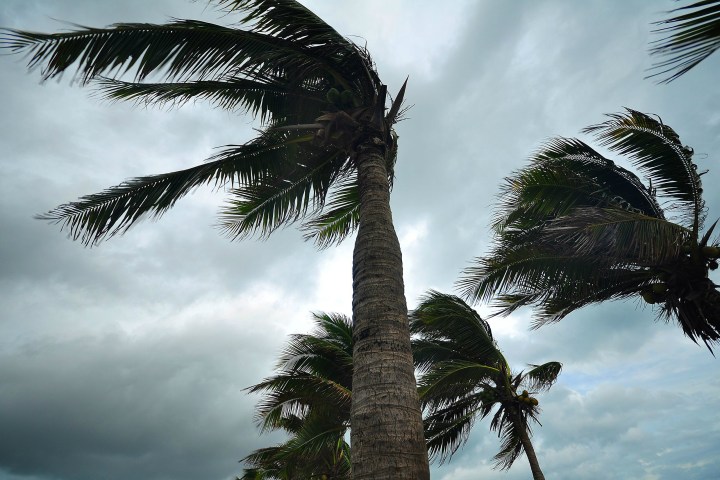
With our growing reliance on clean wind energy, it was only a matter of time before someone attempted to tap into typhoon energy. Challenergy, a pioneering Japanese engineering firm, believes it is ready to harness the power of a raging Mother Nature.

Typhoons wreak havoc on many nations, resulting in a loss of human life, as well as millions of dollars in damage. Japan knows this all too well, with an average of nearly three typhoons making landfall on the Asian Pacific nation annually. Engineer Atsushi Shimizu hopes his new invention, the world’s first typhoon-powered wind turbine will help the nation power itself in the decades to come.
The Atlantic Oceanographic & Meteorological Laboratory claims that a single typhoon can produce the kinetic energy equivalent to roughly 50 percent of the world’s electrically generated energy. A lone typhoon would theoretically create enough energy to power Japan for nearly half a century. Moreover, Japan imports about 84 percent of its energy, meaning this technology could greatly increase the nation’s energy independence.
Japan has tried to use European wind turbine models to capitalize on typhoons in the past. Unfortunately, these models were never meant for such scenarios and tend to fail during such extreme conditions. Challenergy looks to succeed where all other green energy companies have so far failed.
Shimizu’s turbine is rather innocuous to behold. The contraption looks more like an industrial-sized egg beater than it does your run-of-the-mill wind turbine. The compact design is aimed at helping to minimize the risk of structural failure. While traditional wind turbines use more a triad of blades on a single rotary, this typhoon model includes three independent cylinders. These cylinders look to utilize what is known as the Magnus effect. This design capacity allows the turbine to harness wind coming from several directions rather than being limited to a single directional wind like traditional turbines.
The Challenergy team claims its turbine is capable of withstanding typhoon-strength winds and then some. Shimizu believes his invention can withstand winds up to 80 meters per second. We’ll have to wait to see just how much of Mother Nature’s wrath this turbine can actually take. The model has tested well in the laboratory, but the turbine has yet to face an actual typhoon. Shimizu and his team hope to have their revolutionary turbine ready by 2020, just in time for the Olympic Games in Tokyo.
Editors' Recommendations
- World’s most powerful tidal turbine begins generating electricity
- Europe’s free land could house enough wind turbines to power the world


